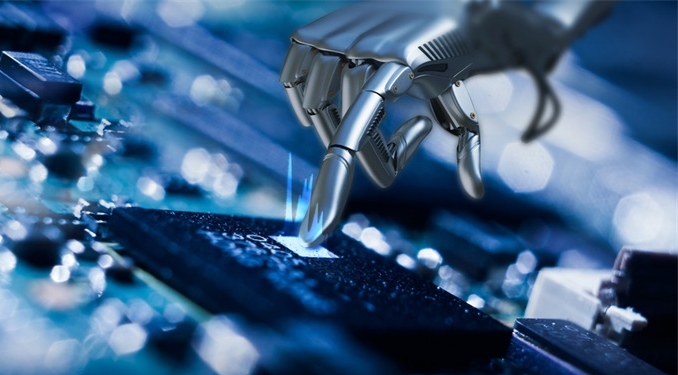Sheet Metal Working and CNC: A Catalyst for Technological Progress+ View more
Sheet Metal Working and CNC: A Catalyst for Technological Progress
+ View more
Date:2023-11-19 16:00
Introduction:
In the dynamic realm of modern manufacturing, sheet metal working and CNC (Computer Numerical Control) technologies stand as catalysts for technological progress. This article explores the symbiotic relationship between sheet metal working and CNC, delving into the ways these industries propel each other forward and contribute to the broader landscape of technological advancement.

1. Precision Unleashed through CNC Technology:
At the heart of sheet metal working lies the precision and efficiency enabled by CNC technology. Computer Numerical Control revolutionizes the machining process, allowing for intricate and complex designs to be executed with unparalleled accuracy. The marriage of CNC and sheet metal work redefines the boundaries of what is achievable, from precision cuts to intricate bends and forming.
2. Automation Reshaping Sheet Metal Processes:
CNC technology brings a new level of automation to sheet metal working. Automated CNC machines excel in tasks that require consistency and precision, reducing reliance on manual labour for repetitive processes. This not only enhances efficiency but also opens avenues for exploring more intricate and sophisticated designs, fostering a culture of innovation in sheet metal processing.
3. Versatility in Material Handling and Machining:
Sheet metal working, when coupled with CNC technology, showcases remarkable versatility in material handling and machining. CNC machines can seamlessly transition between various materials, from traditional metals to advanced alloys and composites. This adaptability is a driving force behind the evolution of materials used in modern manufacturing, pushing the boundaries of what can be achieved in terms of strength, weight, and durability.
4. Complex Designs and Prototyping:
The synergy between sheet metal working and CNC technology is particularly evident in the realm of complex designs and prototyping. CNC machines, guided by intricate digital designs, enable the fabrication of prototypes with a level of detail and precision that was once unimaginable. This capability accelerates the product development cycle, allowing for rapid iteration and refinement of designs.
5. Digital Integration for Seamless Workflows:
The integration of digital technologies facilitates seamless workflows in sheet metal working and CNC processes. Digital design software, computer-aided manufacturing (CAM), and CNC programming tools work in harmony to streamline the entire production process. This digital integration enhances communication, reduces lead times, and fosters collaboration between design and manufacturing teams.

6. Efficiency and Cost Savings:
The synergy between sheet metal working and CNC technology is a driving force behind efficiency and cost savings. CNC machines optimize material utilization, minimize waste, and operate with precision, contributing to overall cost-effectiveness. This efficiency is further magnified as CNC technology evolves, offering faster machining speeds, reduced setup times, and improved overall productivity.
7. Industry 4.0: Smart Factories and Connectivity:
The integration of sheet metal working and CNC aligns seamlessly with the principles of Industry 4.0. Smart factories leverage connectivity, data exchange, and automation to create an interconnected manufacturing ecosystem. CNC machines in sheet metal work become integral components in this landscape, contributing to the realization of intelligent, data-driven manufacturing environments.
8. Sustainability in Manufacturing:
The marriage of sheet metal working and CNC is instrumental in advancing sustainability in manufacturing. Precision machining enabled by CNC reduces material waste, and the ability to work with a variety of materials supports the exploration of eco-friendly alternatives. As sustainability becomes a focal point, sheet metal working and CNC technologies play a pivotal role in shaping environmentally conscious manufacturing practices.
Conclusion:
Sheet metalworking and CNC technology, when brought together, create a synergy that goes beyond the boundaries of traditional manufacturing. The precision, automation, versatility, and efficiency fostered by this collaboration not only redefine the possibilities within these industries but also contribute significantly to the broader landscape of technological progress. As these technologies continue to evolve, the symbiotic relationship between sheet metal working and CNC will undoubtedly remain a driving force in shaping the future of modern manufacturing.
Share to:
Recommend wonderful blog posts

